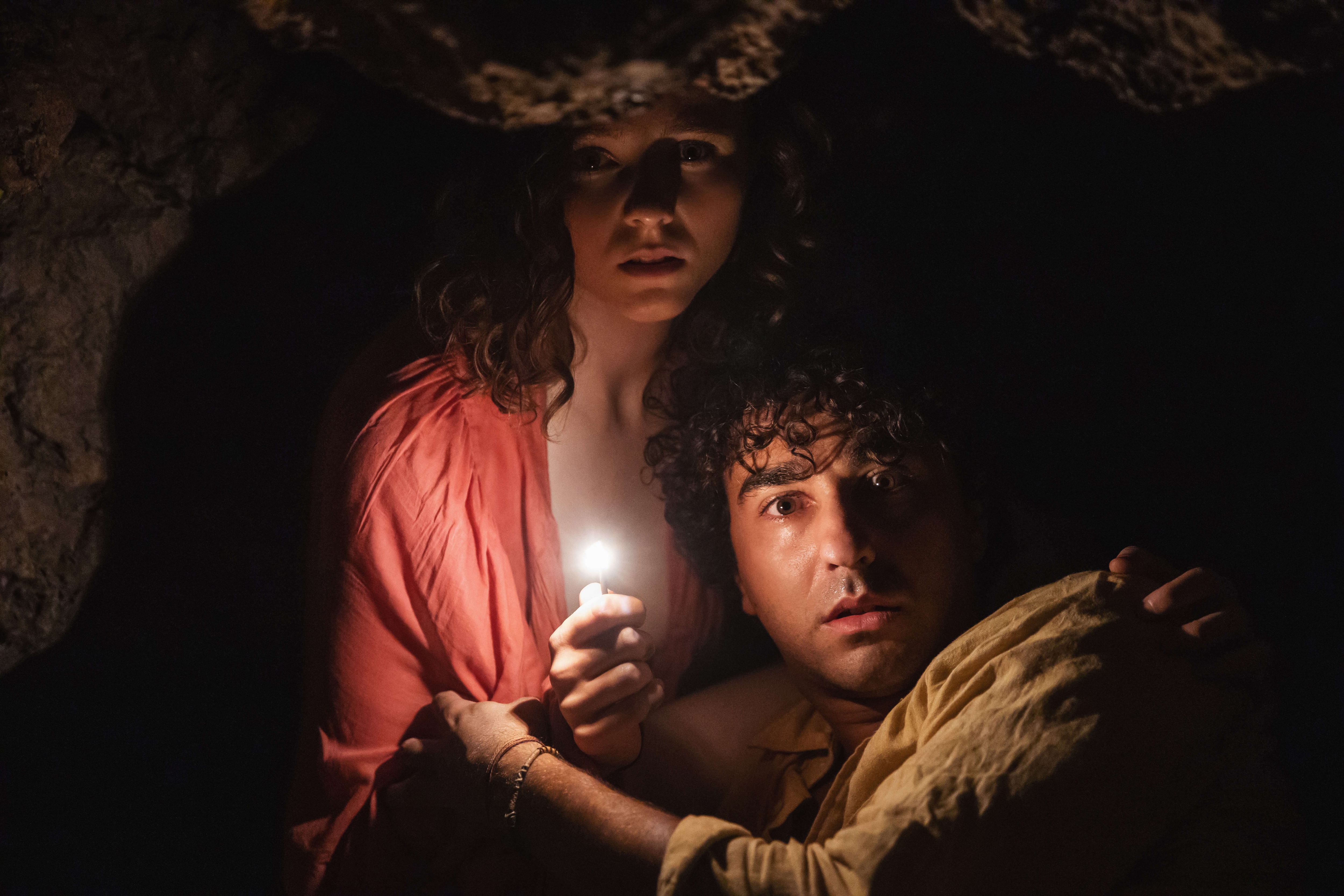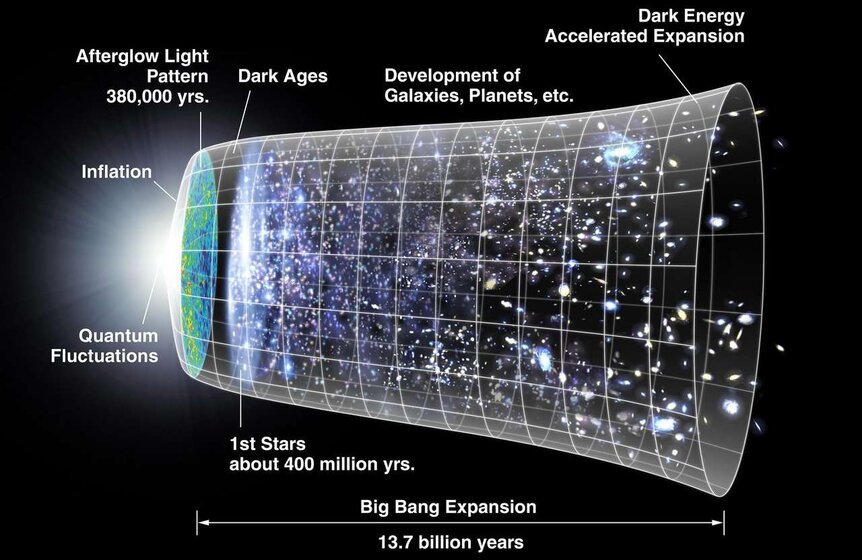Create a free profile to get unlimited access to exclusive videos, sweepstakes, and more!
The Universe Might Be Twice as Old as We Thought
That's a pretty big rounding error.

Do any of us know how old we are, really? In M. Night Shyamalan's 2021 horror-thriller Old, a group of tourists find themselves on a deadly private beach in a fight against time itself. For them, every 30 minutes of experience equates to a year of biological time. Whether the characters are young children or middle-aged adults is a matter of perspective.
Fortunately, in the real world we all experience time more or less the same. Even acknowledging the existence of relativity and time dilation, each of us has essentially the same reference frame in spacetime. Knowing the age of a person or object on Earth is relatively easy, but it gets harder the farther away something is. In fact, we may have gotten the age of the entire universe wrong by almost half, according to a new study published in the Monthly Notices of the Royal Astronomical Society.
Figuring Out the Age of the Universe
The commonly accepted age of the universe is roughly 13.7 billion years, give or take a few million. That number comes from a combination of observations including the redshift of distant objects, microwave background radiation, and the rate at which the universe is expanding. The thing is, there's a little bit of wiggle room in our models because things get pretty weird the closer you get to the Big Bang.
RELATED: The Universe is 13.7 Billion Years Old. Probably. Maybe a Little Less. We're Not Sure.
Recently, the discovery of seemingly mature galaxies only a few hundred million years after the Big Bang, as revealed by JWST, has caused some astronomers to revisit the estimated age of the universe.
Dating the Universe with Redshift
All of the visible light in the universe (as well as the invisible light) has a wavelength. In the visible part of the spectrum, we associate the wavelength of light with its color, blue or violet having a short wavelength and red being longer.
When astronomers first started looking at distant objects like other galaxies, they noticed that the light coming off those objects was redder than they expected. In other words, the wavelength of the light coming off distant galaxies was longer than it should have been, and astronomers weren't quite sure why.
One proposed explanation was the so-called "tired light" hypothesis, which suggested that photons lose energy over time as they travel through space resulting in a longer wavelength. That idea didn't hold water though, and astronomers settled on a different explanation: the expansion of the universe.
The redshift of distant objects is consistent with the expansion of spacetime. Because the space between objects is getting larger, and has been for the whole of existence, more distant light is literally stretched out as it travels billions of lightyears across space and into our telescopes. With redshift satisfactorily explained, the idea of tired light lost energy and faded away. Until now.
RELATED: Measuring all the light in the Universe. All of it. Ever.
Rajendra Gupta, adjunct professor of physics at the University of Ottawa, devised a new cosmological model which mashes expansion and tired light together to reinterpret the redshift of distant objects in space. And that model almost doubles the estimated age of the universe.
“Our newly-devised model stretches the galaxy formation time by a several billion years, making the universe 26.7 billion years old, and not 13.7 as previously estimated,” Rajendra said, in a statement.
If Rajendra's estimate is borne out, then those mature galaxies dated to 13.5 billion years ago recently uncovered by JWST aren't all that weird, and we've got another half of the universe's lifetime left to explore.
M. Night Shyamalan's Old is available now from Universal Pictures.




























